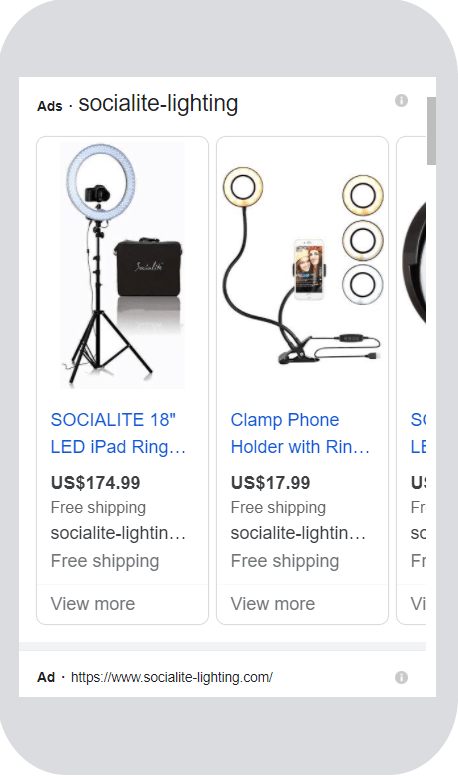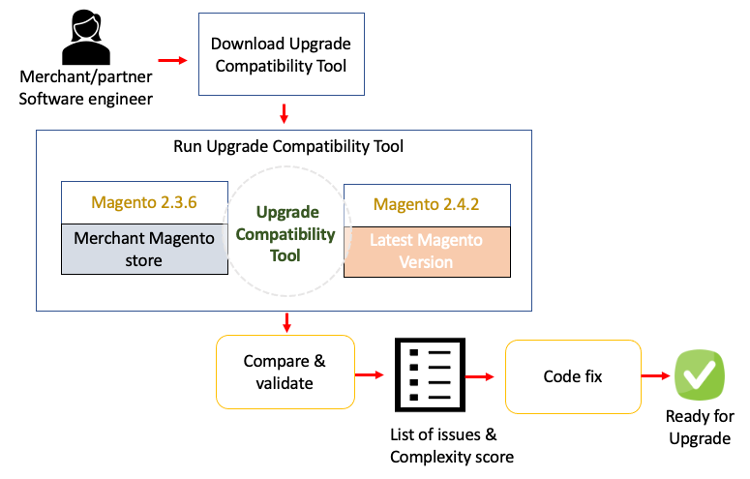 Author By Miva |
Author By Miva |- Posted on
- • April 9, 2020

As the nation takes steps to limit the spread of coronavirus, wholesale businesses that have historically relied on offline catalog orders are facing significant challenges and existential threats. Face-to-face transactions have been stymied, buyers are navigating unprecedented economic turbulence, and businesses that cannot adapt this “new normal” are falling behind.
It’s time to bring your catalog business online. Business practices that were merely old-fashioned months ago are now obsolete and systems that cannot serve the socially-distant buyer are systems that are unlikely to survive this pandemic.
The good news is that digitalization can be your business’ lifeline. In this article, we offer a brief overview of how offline, catalog-based wholesalers can digitalize in three key areas—communications, inventory visibility, and sales enablement—to keep their businesses operational during the coronavirus crisis (and beyond). We have also included a 7-step quickstart guide to launching a wholesale website at the end of this article.
Upgrade Your Communications
Strong communication, both internal and external, has always been important. Now it’s critical. As we engage in a mass exodus from in-office work to “flatten the curve”, constant and clear communication will be what keeps our businesses moving forward.
Many offline businesses rely on phone and fax communications to process orders, which could present a problem if their phone and routing systems aren’t able to support home workers or handle a sudden influx of calls. To prevent or remedy a communications disruption, make sure your team is equipped to manage internal communications and inquiries digitally. Remote and in-office workers should have digital access to customer contact details, relevant account information, and up-to-date inventory data.
Improve Inventory Visibility
Phone or fax-based catalog businesses require people to be available to answer inventory and supply chain questions. If one of these businesses has a product that is out of stock or won’t be available for an extended period of time (an unfortunately likely scenario, considering the ongoing massive disruption to global supply chains) their customers have no way of knowing unless they speak with a representative. Customers who unknowingly place an order for items that are in short supply or out of stock will have their own businesses disrupted as a result.
To avoid this, you need to give your customers visibility into inventory availability that they can access as needed by browsing a website instead of calling in. This will reduce the burden on your representatives and help you manage customer expectations during periods of inventory disruption.

Empower Your Sales Team
Social isolation limits the effectiveness of outside sales teams. Unless you and your customers are in essential industries, your representatives may be unable to call on buyers for the foreseeable future. Even if you are in an essential industry, contagion concerns are rapidly quashing the desire for in-person meetings.
Keep your sales team moving by bringing them online. This means you’ll need to get your customers’ contact information (emails and mobile numbers), create a regular corporate messaging channel, and digitalize your sales activities. Record trainings that would otherwise be conducted in-person, send weekly emails to maintain contact, create educational webinars, and consider using video chat to keep facetime disruptions to a minimum.
Quick and Calculated Digitalization
In an ideal situation, you would have plenty of time to transition your offline, catalog-based operation to an online B2B ecommerce business. Our current situation, however, calls for quick and calculated action to prevent obsolescence. Taking these steps to digitalize your systems and teams is the most important thing you can do to keep your business operational for the foreseeable future.
Ready to get started? Download the 7-Step Quickstart Guide to Launching a Wholesale Website
Work Together: A collection of industry updates, insights, and resources designed to help independent sellers scale and support our community during the coronavirus pandemic.



